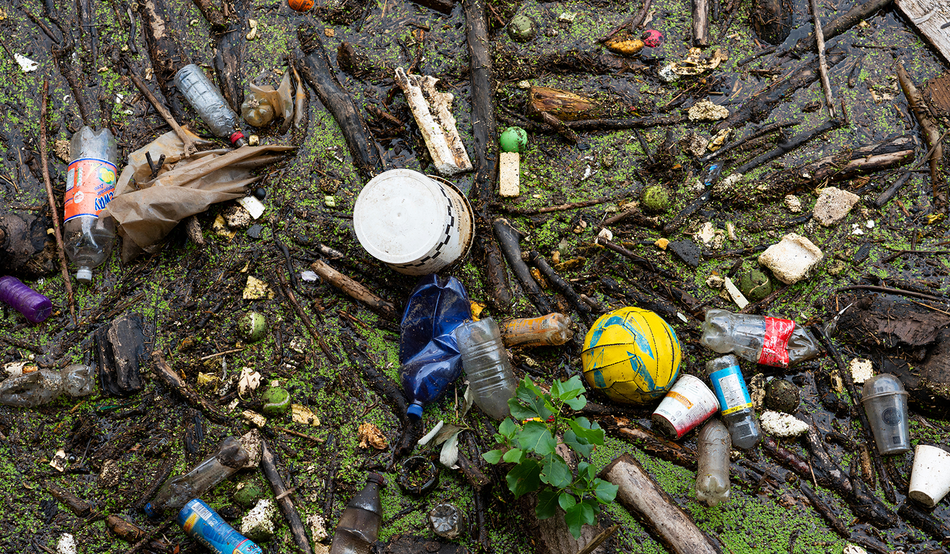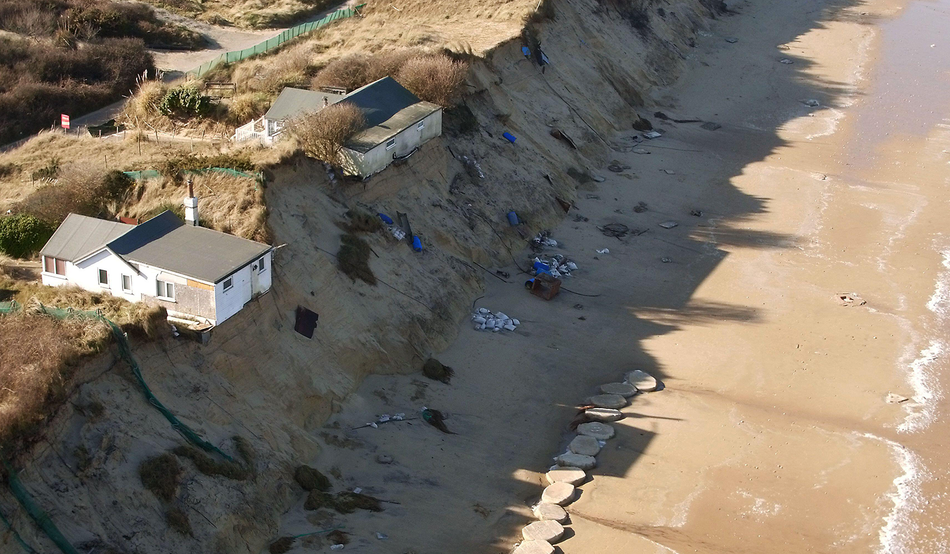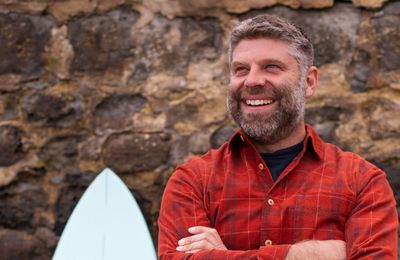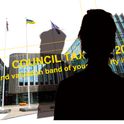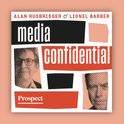There’s a drinking spring in our village that, for around 175 years, has been used to slake the thirst of passers-by. Whether future generations will be able to drink from it is now in doubt. And thereby hangs an almost impossibly opaque and complex tale.
Russell Spring, in the North Cotswold village of Blockley, is a Grade II listed stone fountain dating from around 1850, donated by Lucy Russell, a mill owner and Master Silk Thrower who was concerned about outbreaks of cholera and typhoid. It bears the inscription “Water from the Living Rock / God’s Precious Gift to Man”, and it was the primary source of clean water for one end of the village for many years.
The water was considered so pure that, in 1994, a local family formed the Cotswold Water Company, intending to siphon off 750 gallons a day to market as bottled water. The village rose up in protest, and the scheme was quietly shelved.
Jeremy Bourne, a retired teacher, now 87, reckons he’s been drinking from the spring since 1947. People drive from far and wide to stock up. Bourne recently met someone who’d driven more than 40 miles from Malvern because they considered the water far superior to their own.
Fast forward to September 2025, and the shock announcement from local county councillor Tom Bradley that Thames Water had found high levels of nitrates, along with Cryptosporidium—a microscopic parasite that can exist in animal waste—at levels that could pose a danger to human health. A red plastic cordon appeared in front of the spring. Do not drink. Dismay in the village.
And then the confusion and the questions began. Who was responsible for the pollution? Who would investigate it? Whose duty is it to monitor the purity of spring water? In short, what could be done?
As someone who has drunk from the spring for the best part of 30 years, I thought I would do my best to help unravel the mystery. I started with Thames Water. But it denied the spring was on its patch and insisted it had never done any testing. Cllr Bradley says he has seen the test results, but has not produced them. Severn Trent Water, which also operates in the village, says it has nothing to do with it. The Parish Council said they thought the Environment Agency (EA) might have some role.
Long story short: I was ping-ponged around Defra, the district council and the EA with no substantive answers. I was pointed to Gloucestershire County Council (GCC), which, it was suggested, might be the actual owner of Russell Spring. They sent me a bland statement and declined to engage with any of the questions I emailed. This is a public body spending public money, but no apparent appetite for engaging with the public.
It would have been helpful to know what GCC was doing to find out why a spring which had been used for 150 years was now spewing out undrinkable water. Who has responsibility for tracing the source of the apparent pollution and for taking any enforcement measures? Silence.
Blockley residents, meanwhile, were also busy. Charlie Mackinnon-Little, a local green energy consultant who had been drinking the spring water for years, commissioned his own test. It found no Cryptosporidium, but did discover similarly high levels of nitrates and some E. coli.
A third test, by the vicar’s husband, Adrian Beney, also found high levels of nitrates. Finally, the EA itself publishes its own quarterly analysis of the water from Russell Spring, which also found concentrations of nitrates above the safe standard for drinking water. It does not test for bacteria.
The EA may not have been much use answering any questions, but it does have a helpful website where you can punch in your address to find out if you live in a Nitrate Vulnerable Zone (NVZ). Tap in the postcode for Russell Spring and you discover that it is, indeed, officially designated as both a Drinking Water Safeguard Zone and an NVZ.
What’s an NVZ? It’s an area regulated by the EA with strict rules for farmers to prevent water pollution. Farmers are under an obligation to stop “organic manure, manufactured fertilisers” and other pollutants from leaching into any water, including spring water. The list includes livestock manures, sludge, slurry, anaerobic digestates and compost.
The EA has the power to impose compliance notices as well as civil sanctions or monetary penalties if farmers are found to be at fault. It can also instigate criminal prosecutions. Three years ago, a farmer in Pershore, some 17 miles from Blockley, was fined £120,000 plus £28k costs after he was found to have breached nitrate restrictions.
At the start of this month, what is believed to be the UK’s biggest-ever environmental pollution legal action was filed in the High Court over the alleged “degradation” of the River Wye.
Thousands of residents and local business owners have joined the claim against two industrial chicken production firms and Welsh Water, saying the alleged pollution of the river has had a “severe impact” on business and leisure in the area. The nearly 4,000 claimants are seeking “substantial damages” from Avara Foods Limited, Freemans of Newent Limited and Welsh Water as well as a mandated clean-up order, in what lawyers have called “the last avenue for justice”. The companies all deny wrongdoing.
Residents in Blockley have regularly used a local Facebook group to complain about an “overwhelming” smell when local fields are being fertilised. Nearby an anaerobic digester plant converts food and other waste into “high nutrient fertiliser” which is then stored in large lagoons, ready to be applied as slurry twice a year on farmland. That seems likely to be the cause of the offending smell. I contacted the office of the people running it to see if they wished to comment. I received no reply.
And so the mystery remains: a microcosm of how disconnected local residents can feel from organisations and entities which feel no sense of accountability nor an obligation to answer reasonable questions—about anything.
Lucy Russell’s gift of clean water to her village was a remarkable act of philanthropy that has benefited residents, visitors and walkers for around 175 years. Are we about to see the fountain capped, or sealed off behind bars because no one’s curious enough to trace the source of the pollution? If so, it would be a very modern parable.
